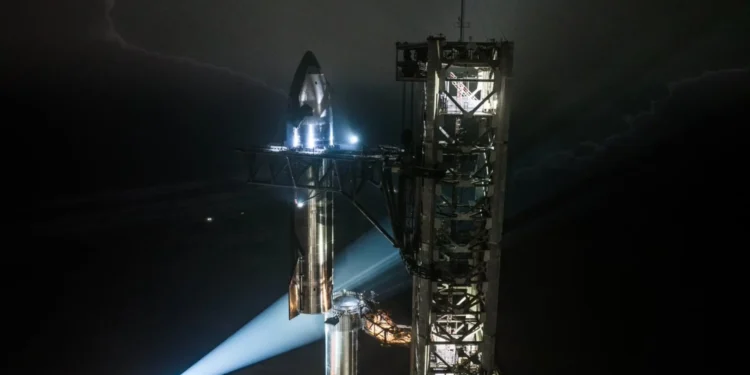Space exploration has reached a new zenith with SpaceX’s latest preparation for its seventh test flight of the Starship series, set to make history as the tallest and most powerful launch vehicle on the planet. This monumental event is scheduled for January 13, 2025, from the expansive Starbase test site near Boca Chica Beach in South Texas.

A Spectacle of Innovation and Engineering
Under the gleaming Texan sun, the silver stainless-steel Starship was meticulously stacked atop its Super Heavy booster, marking a significant milestone in space travel technology. This assembly creates a rocket that stands nearly 400 feet tall, a towering testament to human ingenuity and a beacon of future interplanetary exploration.
“Flight 7 Starship and Super Heavy stacked on the launch pad at Starbase,” announced SpaceX on the social media platform X, capturing the awe-inspiring scene that promises to draw eyes worldwide when it lifts off at 5 p.m. EST.
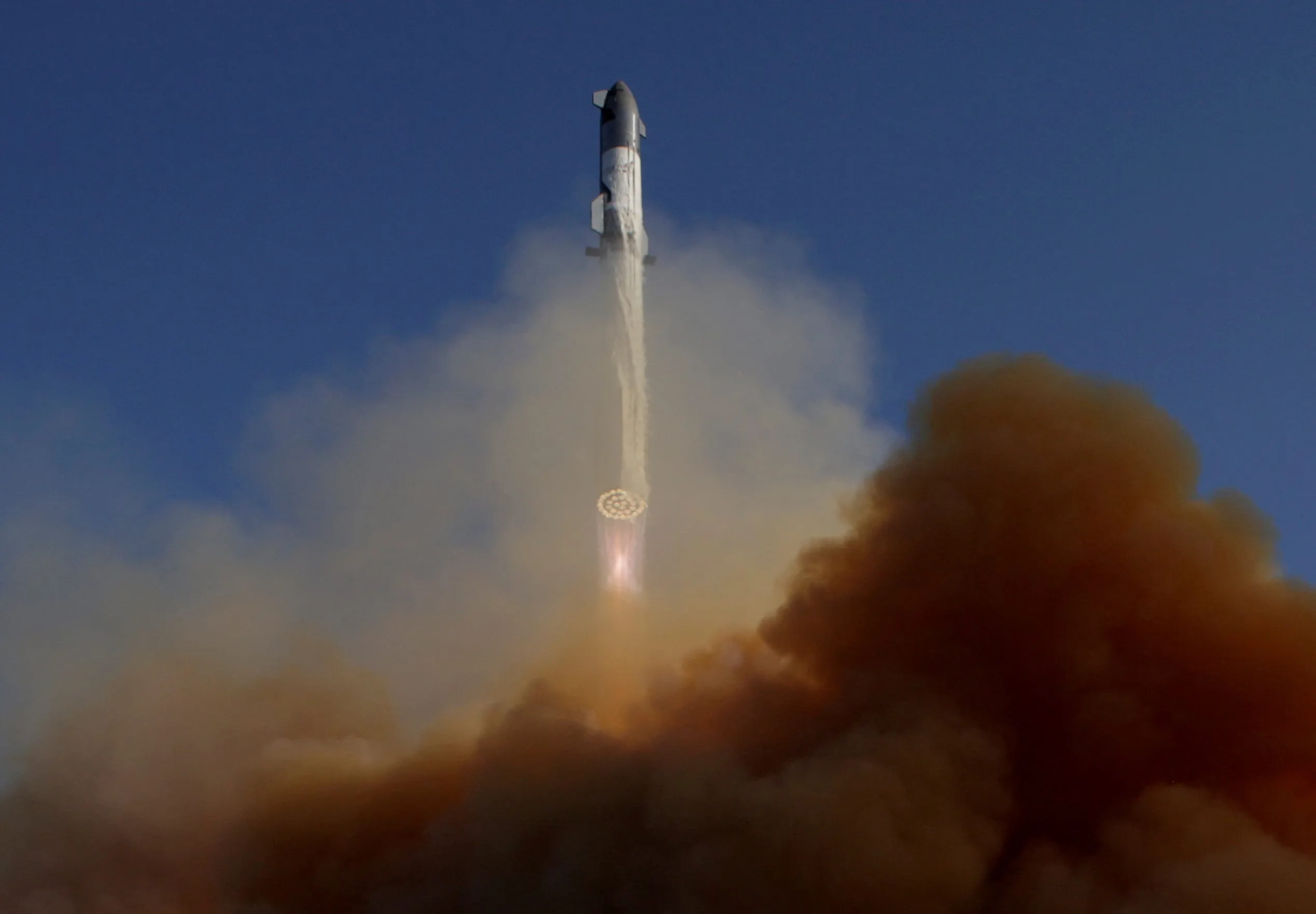
Advancing Space Travel: The Mission Details
The Starship Flight 7 mission is not just another test flight; it’s a bold step forward in SpaceX’s ambitious space travel goals. The mission will test a slew of enhancements to the Starship spacecraft, including its flight computer, avionics, and heat shields. Moreover, this flight will also see the first payload deployment test with a set of simulated Starlink internet satellites onboard, expected to be deployed during the 66-minute journey.
In addition to technical upgrades, the spacecraft features redesigned smaller forward flaps, strategically positioned to reduce heat exposure during reentry—a critical aspect for the safety and longevity of the reusable spacecraft.
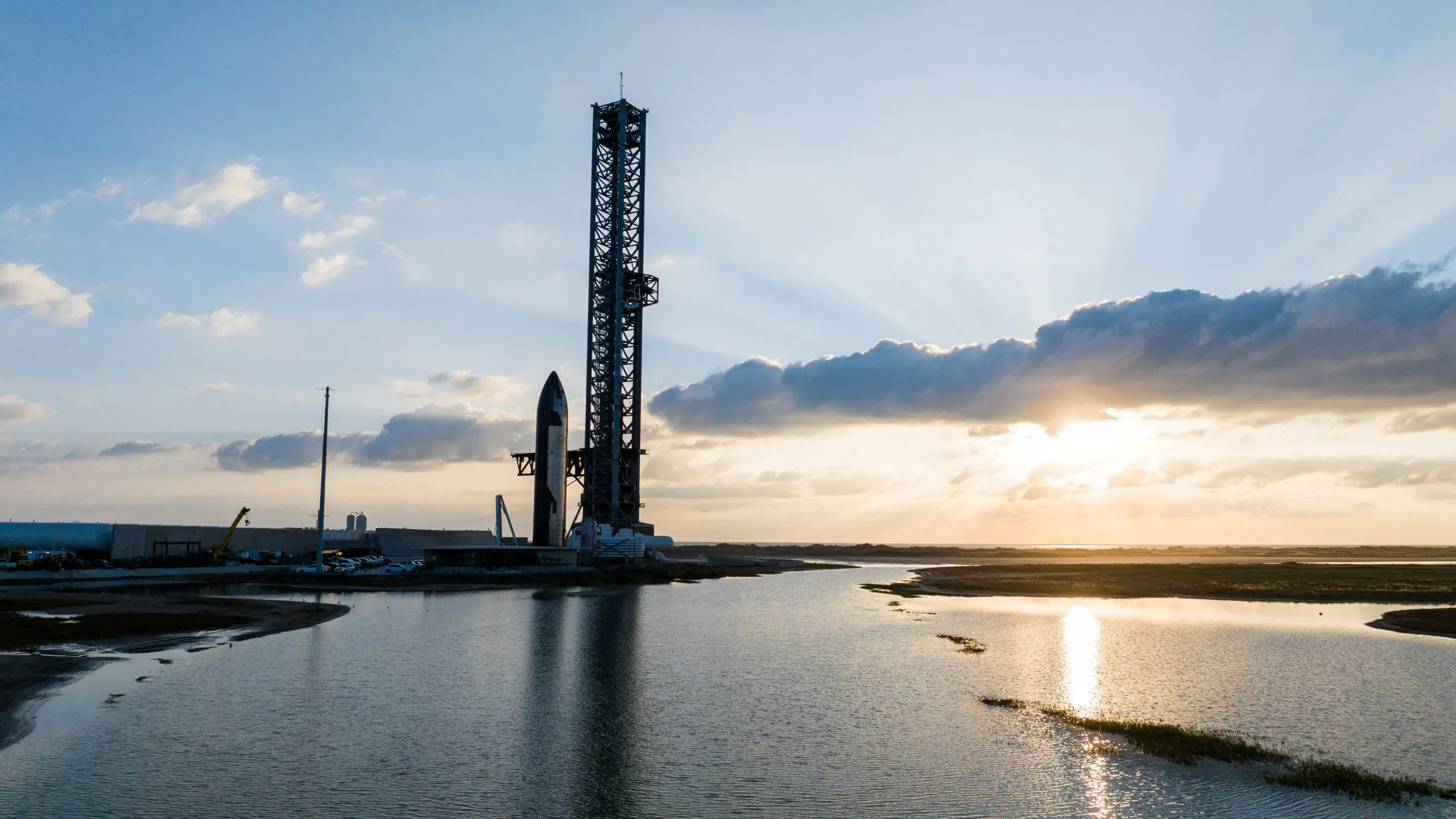
Reusability and Sustainability: A Core Focus
One of the highlights of the upcoming flight is the planned reusability of the Super Heavy booster. After its mission, the booster is slated to return to Earth, aiming for a groundbreaking mid-air catch by giant metal “chopstick” arms at the Starbase facility—a technique SpaceX hopes will become a standard procedure for sustainable rocket recovery.
“We accept no compromises when it comes to ensuring the safety of the public and our team, and the return will only take place if conditions are right,” said SpaceX officials, underscoring their commitment to safety and innovation.
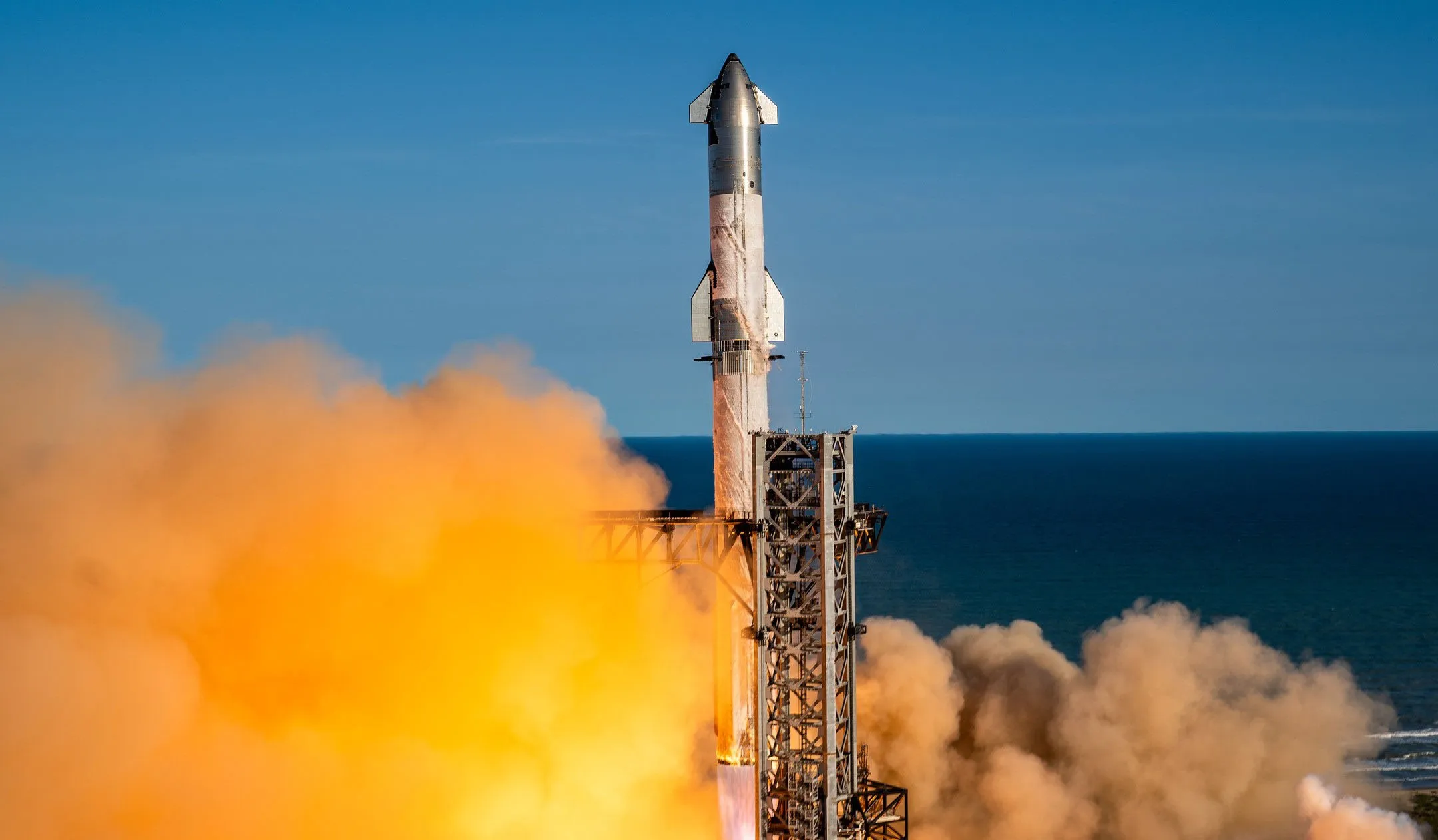
Toward the Stars: SpaceX’s Visionary Goals
Beyond the technical marvels of this particular flight, Starship Flight 7 symbolizes a critical step toward achieving SpaceX’s broader goals of interplanetary travel. With NASA’s collaboration, Starship is set to play a pivotal role in the Artemis 3 mission, which will send astronauts to the moon in 2027. Furthermore, SpaceX’s founder, Elon Musk, envisions these crafts reaching Mars by 2026, marking a new era of exploration.
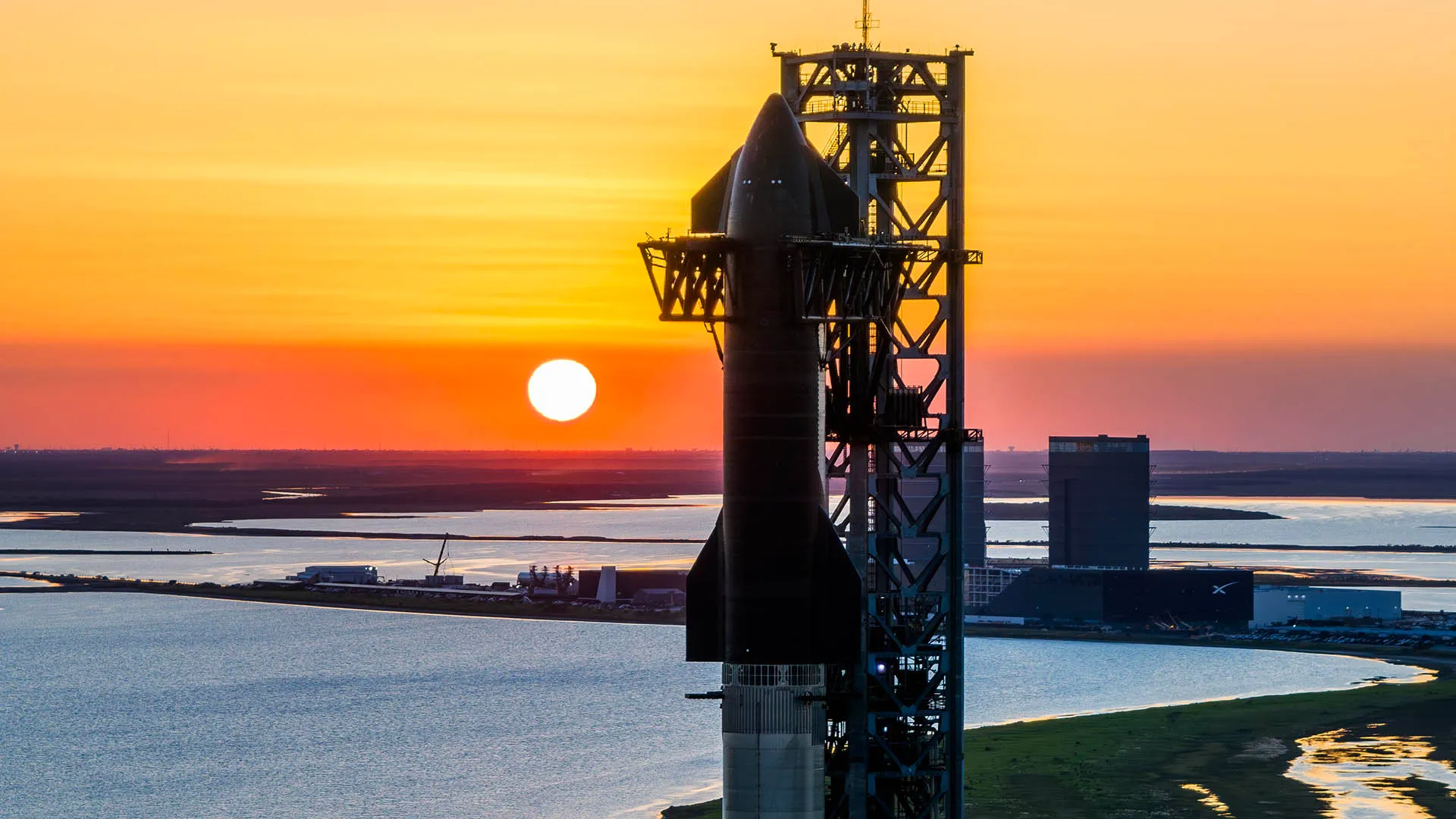
As the countdown to the launch continues, SpaceX’s Starship Flight 7 stands as a pillar of space exploration’s future, embodying the spirit of adventure and the relentless pursuit of knowledge. With each test, SpaceX is not only testing the boundaries of technology but also inspiring a generation to look to the stars and dream of what lies beyond our blue planet.

